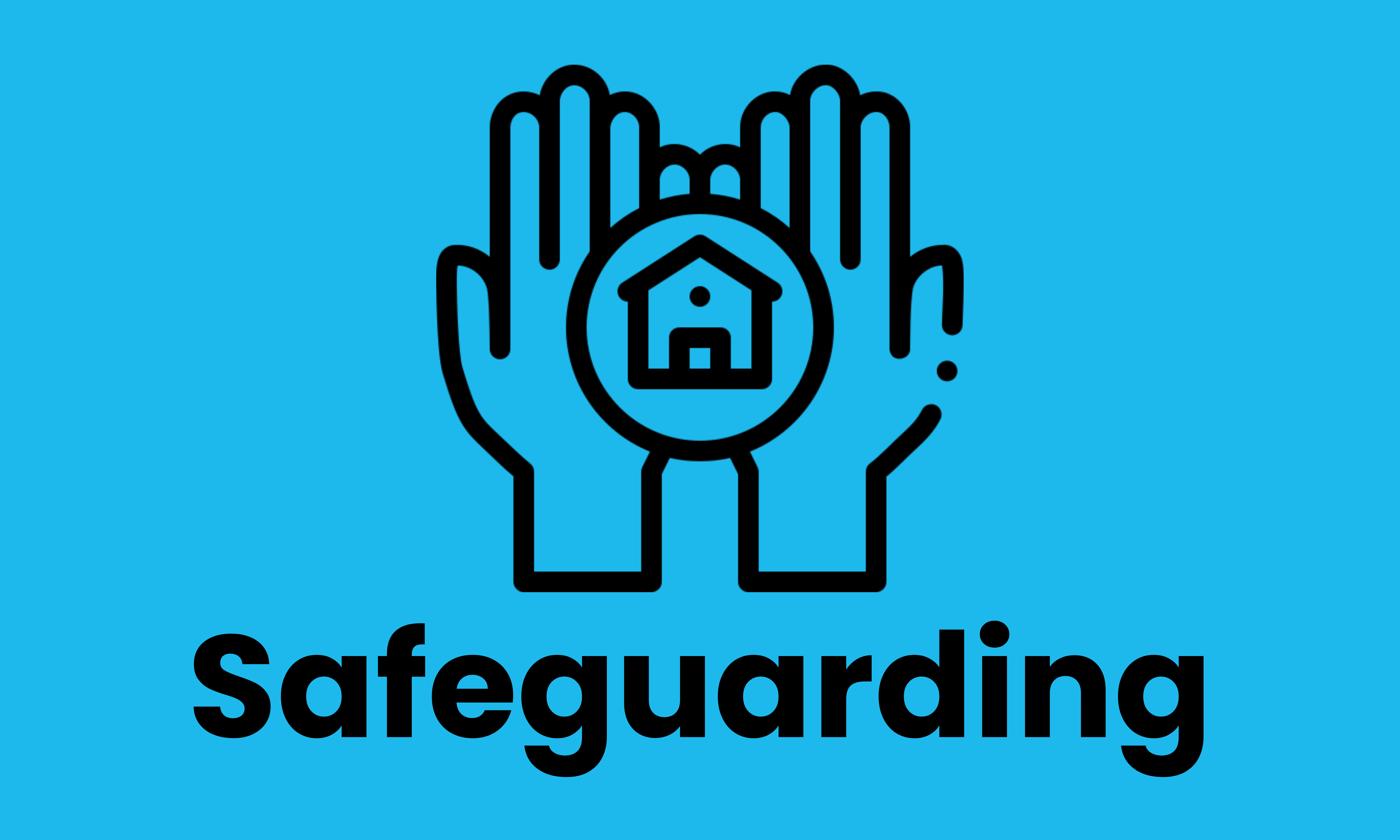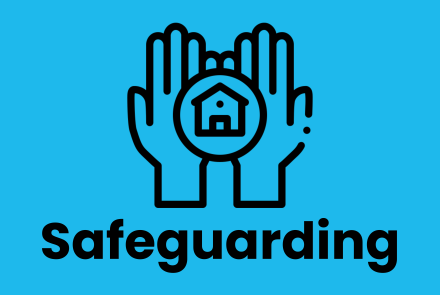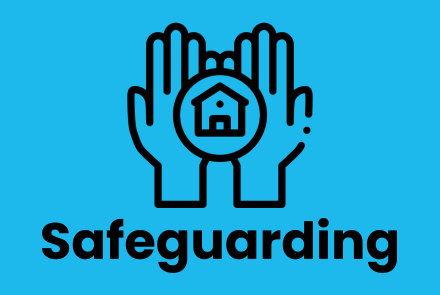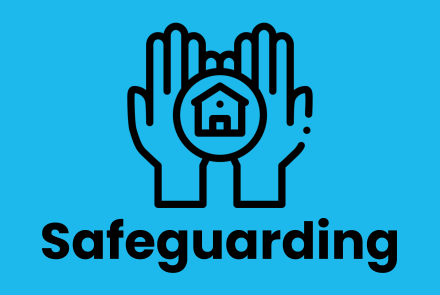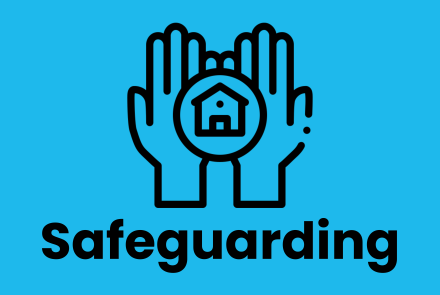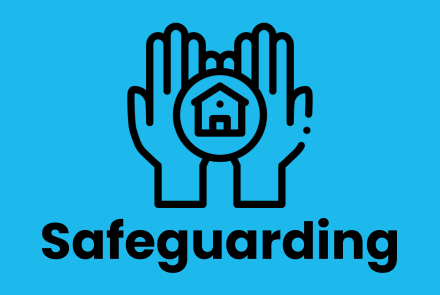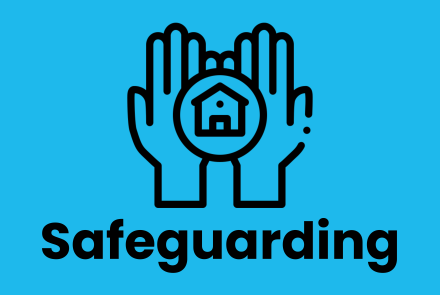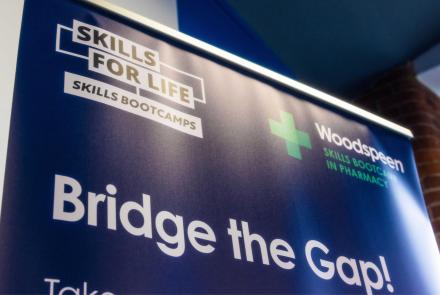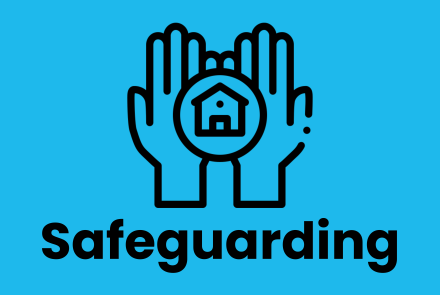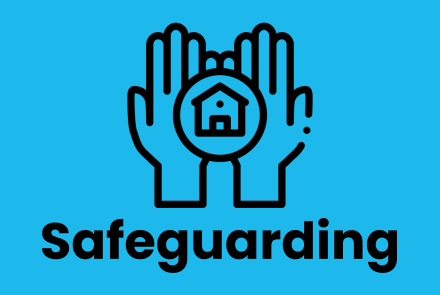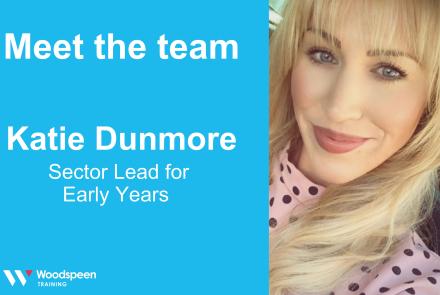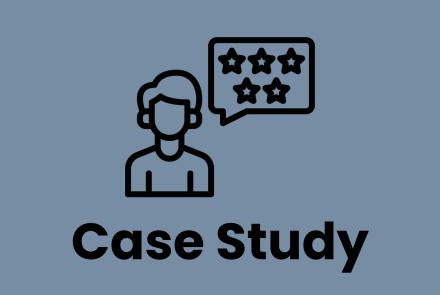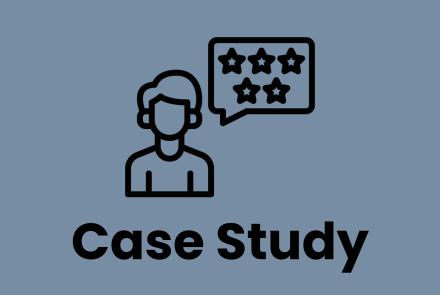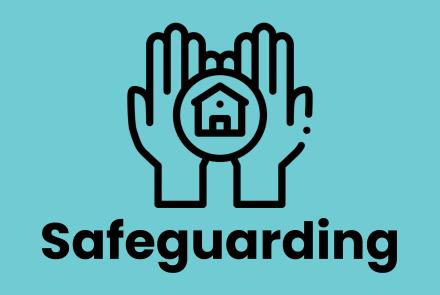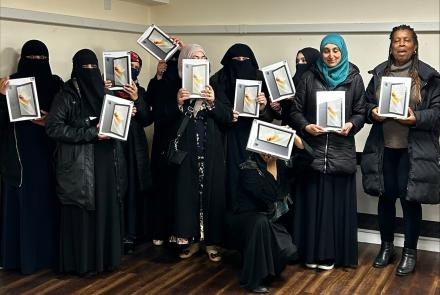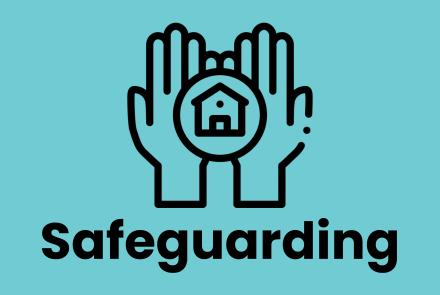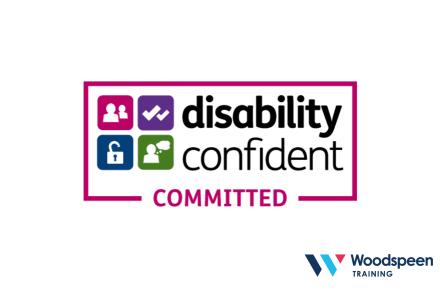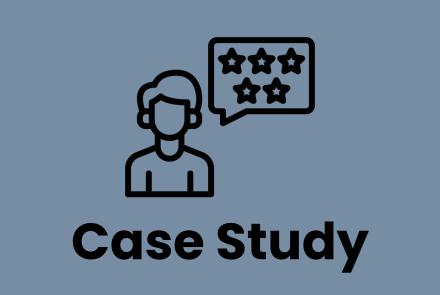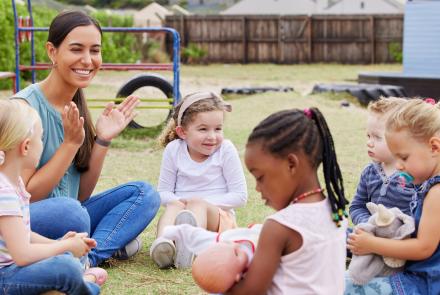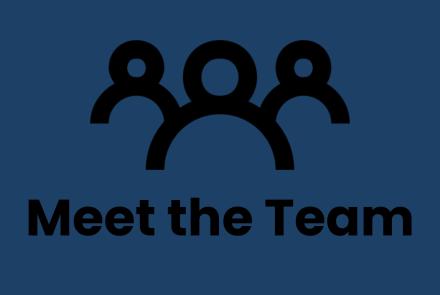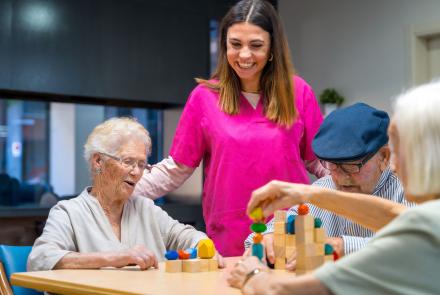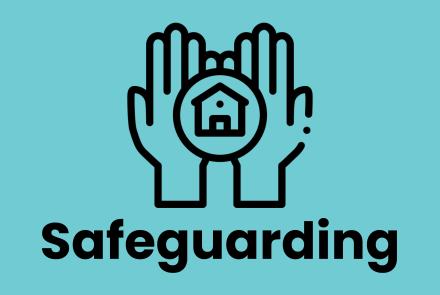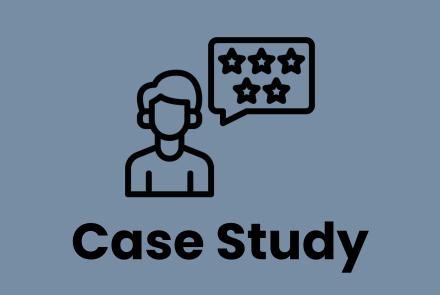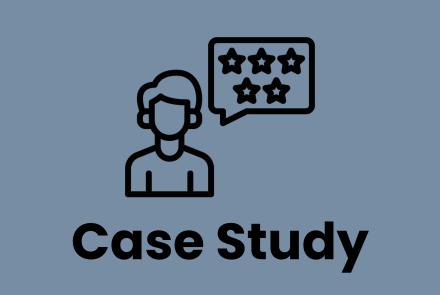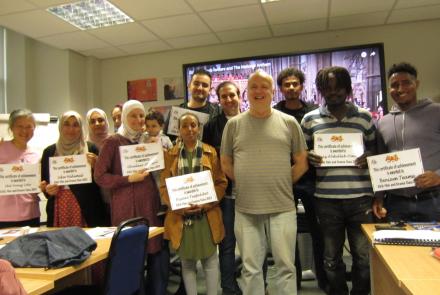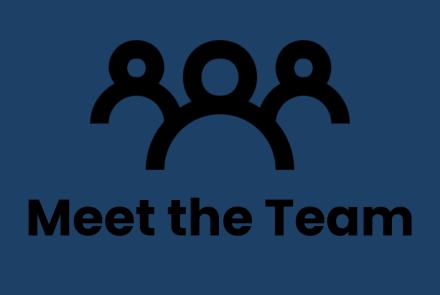Monthly safeguarding bulletin - July 2024
This month's Safeguarding Bulletin has information on ASD and Homelessness - both key topics that can have a big impact on apprentices.
KCSIE – Keeping Children Safe in Education 2024: Upcoming Changes
Whilst there are no major changes or additions to the education safeguarding guidance for England 'Keeping Children Safe In Education (KCSIE) 2024’, there are some substantial changes in the wording of the document that add emphasis to some areas of the emerging issues in safeguarding.
When it comes to safeguarding, the use of language is very important. Language frames our attitudes to abuse and influences our response to its victims and as such, even small changes to the wording in safeguarding guidance can be very meaningful.
Defining Abuse, Neglect, and Exploitation in KCSIE 2024
Perhaps the most significant change in the guidance, which will come into force in September 2024, is the addition of the word ‘exploitation’. Throughout the document where previously the phrase ‘abuse and neglect’ were used, this has now been replaced by ‘abuse, neglect, and exploitation’.
Exploitation is included to remind us that abuse might not just occur in the home, but it may also occur outside of the home environment, even online. Exploitation can include instances where a child or young person may be groomed to become involved in sexual or criminal activity. This is a significant distinction where previously they may have been viewed as an offender instead of a victim.
Child Protection Inside and Outside the Home
The updated version of KCSIE also adds to the definition of safeguarding so it now includes the phrase “protecting children from maltreatment, whether that is within or outside the home, including online.” Practitioners have been referring to this idea as ‘Contextual Safeguarding’. This is an approach to understanding, and responding to, young people’s experiences of significant harm beyond their families.
Contextual Safeguarding recognises that the different relationships that young people form in their neighbourhoods, educational establishments and online can feature violence and abuse. Parents and carers have little influence over these contexts, and young people’s experiences of extra-familial abuse can undermine parent-child relationships.
It expands the objectives of child protection systems in recognition that young people are vulnerable to abuse beyond their front doors.
Additional Linguistic Updates to Note
The harm done to children by living in an environment where domestic abuse occurs has been underlined with a reminder to practitioners that the harm may be caused “where they see, hear or experience its effects.” This is an important factor to note when recognising the impact of domestic abuse in children and young people which may extend beyond signs of physical harm.
The section entitled “children who are lesbian, gay, bi or trans” has been replaced by the phrase “children who are lesbian, gay, bisexual, or gender questioning”. However, this section remains under review, pending the outcome of the gender questioning children guidance consultation, and final gender questioning guidance documents being published.
The Importance of Information Sharing
Keeping Children Safe in Education 2024 now also requires that those working with children and young people should record “all concerns, discussions and decisions made including the rationale for those decisions. These recordings should include instances where referrals were or were not made to another agency such as LA children’s social care or the Prevent programme etc.
Prevent
Prevent Duty Resources
Designed with Ofsted and KCSIE and the Prevent duty guidance in mind, this LGfL pages provide a range of safeguarding/Prevent resources.
Also, take the quiz and test yours and your learners knowledge around Prevent, radicalisation and British Values.
Current threat level
The current UK national terrorist threat level is ‘substantial’, which is defined as ‘an attack is likely’. This level has been unchanged since February 2022 and is set by the Joint Terrorism Analysis Centre and the Security Service (MI5).
The threat to Northern Ireland from Northern Ireland-related terrorism is ‘severe’, which is defined as ‘an attack is highly likely’. For more information click here.
Brighton man who possessed plans to attack synagogue sentenced
Following an investigation by Counter Terrorism Policing South East (CTPSE), a 19-year-old man has been sentenced for offences including possessing plans for carrying out an attack on a synagogue near Brighton.
In June, at Winchester Crown Court, Mason Reynolds, of Brighton, was sentenced to eight years’ imprisonment with five years on extended licence. He will also be subject to a notification order for a period of 15 years.
At a trial in April, he was found guilty of one count of possessing an article for the purpose of terrorism, contrary to Section 57 of the Terrorism Act 2000.
He also previously pleaded guilty to five counts of collecting information which could be useful to a person committing or preparing an act of terrorism, contrary to Section 58 of the Terrorism Act 2000 and five counts of dissemination of terrorist publication, contrary to Section 2 of the Terrorism Act 2006.
An examination of his mobile phone revealed a note detailing a plan to attack a synagogue near Brighton. The note included information about the entrances and exits of the synagogue, security cameras, a video of the location taken from Google Maps as well as key Jewish holidays.
On Reynold’s devices, officers also found material that was neo-Nazi and anti-semitic in nature alongside manuals, one of which detailed how to make a bomb. Additionally, Reynolds was part of an online group who shared neo-Nazi material and posted extreme right-wing content that encouraged terrorism.
Head of CTPSE, Detective Chief Superintendent said:
“This is another case involving a young person following a toxic extreme right-wing terrorist and anti-semitic path. The fact Reynolds had such a detailed plan to attack a synagogue is really concerning. However, as a result of our investigation, Reynolds was prevented from progressing the plan into action, and the public have been protected.”
For more information, please visit: https://www.counterterrorism.police.uk/brighton-man-who-possessed-plans-to-attack-synagogue-sentenced/
Man Found Guilty of Planning to Attack RAF Base and Leeds Hospital
Mohammad Sohail Farooq was convicted in late July of preparing for an act of terrorism, contrary to Section 5 of the Terrorism Act 2006, following a three-week trial at Sheffield Crown Court. Prior to trial, he had already pleaded guilty to possessing an explosive substance with intent to endanger life, firearms offences, and the possession of terrorist material. He will be sentenced for all offences on a future date.
The 28-year-old Clinical Support Worker from Leeds was found in the grounds of St James’s Hospital in the early hours of Friday, January 20, 2023, in possession of an improvised bomb, knives and an imitation firearm.
Farooq was discovered by an inpatient at St James’s. He engaged with Farooq, who was clearly agitated and very open about his plans to detonate a bomb at the hospital. Despite being on the premises for some time he appeared conflicted and had not yet acted on his intentions. Mr Newby had been in the grounds by chance and was able to calm Farooq before calling 999 to seek the help of West Yorkshire Police.
The investigation that followed showed Farooq had radicalised himself online. Detectives from Counter Terrorism Policing North East discovered he was self-motivated and heavily inspired by Daesh propaganda. Farooq had procured weapons and successfully manufactured a viable explosive device in readiness for an attack.
Farooq had identified two potential targets for an attack. RAF Menwith Hill in North Yorkshire and St James’s Hospital in Leeds. He had conducted reconnaissance at the RAF base on three separate occasions, before shifting his focus to St James’s to pursue a long-standing grievance against staff at the hospital.
Head of Investigations for Counter Terrorism Policing North East said:
“This trial clearly evidenced Farooq’s intent to act on his beliefs and carry out an attack. He’d
researched and prepared for his actions, building an improvised explosive device and prioritising his targets. He was primarily motivated by a Daesh-inspired ideology, but also by his own, deep-seated grievances. It was these extreme, personal grievances which ultimately led him to St James’s in January last year. We are sincerely grateful for the actions of the hospital patient that morning, whose bravery and willingness to calm Farooq prevented him from fully realising his plans. Had he not intervened the outcome could have been devastating.”
For more information, please visit: https://www.counterterrorism.police.uk/hospital-worker-found-guilty-of-planning-to-attack-raf-menwith-hill-and-st-jamess-hospital/
Autism Spectrum Disorder (ASD)
Autism spectrum Disorder (ASD) is a lifelong condition that affects a person's social and communication skills and the way they interact with other people, and how they deal with sights, sounds and changes in the world around them.
ASD is a neuro development disorder caused by differences in the brain, which causes these deficits in social communication and presents restricted and repetitive patterns of behaviour. Autism is a ‘hidden disability’, meaning it is not easy to recognise when someone has the disorder.
It is estimated that 1 in every 100 people in the UK have an ‘autism spectrum disorder’ (ASD).
A person with ASD may:
- Be non-verbal, or struggle to verbally communicate
- Repetitive use of speech and phrases with language
- Repetition in behaviours and actions, including rocking and hand flapping
- Anxious in social situations, with struggles to take part and join in
- Difficulties with making eye contact
- Hard to express in words what they want to say and how they feel
- Intense interests and crave routine and sameness, struggling with change
- Hypersensitive to noise, smell and touch.
Autism can present itself in many ways in different people and all autistic people will likely have different experiences of ASD and how it impacts them.
Help and support
The National Autistic Society have 116 volunteer-led branches nationwide who offer ASD services and online community peer support, the website offers information and advice with understanding ASD, including how to refer for diagnosis. There are support strategies that help people with ASD reach personal goals and make life choices.
There is also an autism services ‘Directory’ to access where you can type in your postcode, and it will bring up services and professionals both locally and nationally to best meet the autistic needs.
The specialist helpline who can offer help with specific challenges are on 0207 833 2299 (Monday to Friday 9am-12pm and 1-3pm) National Autistic Society (autism.org.uk)
The ‘Beyond Autism Employability Toolkit’ is a great resource to share with employers to help them support staff with ASD.
It gives lots and guidance around adapting working approaches, that help to meet the social, language and communication difficulties. Learners can also access journals and person-centred support. The toolkit is sensory friendly with materials that are colour coded to aid learning.
Other tips:
- Keep language clear and speak slowly, adapt your communication style
- Use a timetable or plan as much as possible to keep structure and routine
- Minimise direct questioning and encourage eye contact when you can, with a gradual approach
- Talk through any changes with reassurance for them to cope with this information and understand what you have said
- Try to plan and provide a structured, calm environment to keep noise and disruption to a minimum
Autism ASD trait strengths:
- Very creative
- Great longer-term memory
- Strong focus
- Dedicated outlook
- Excellent passion to things of interest
- Artistic talents
Everyone having a better understanding of autism can change lives and better support autistic people to feel accepted and empowered.
https://www.beyondautism.org.uk/professionals/resources/employability/toolkit
Homelessness
As the housing emergency escalates, more people face the insecurity of sofa surfing, sleeping in their cars or even being forced onto the streets. In London, over 57,000 households were homeless or at risk of homelessness last year. This is more than in any other region or city in England. While London experiences the highest levels of homelessness in England, this is not an issue that is unique to the capital.
Types of homelessness
Statutory homelessness. To be legally defined as homeless you must either lack a secure place in which you are entitled to live or not reasonably be able to stay. However, in order to receive assistance under the main homelessness duty, there are further strict criteria that you have to meet. Local authorities may initially provide temporary accommodation to households who might meet these criteria, mainly families with children.
Rough sleeping. Rough sleeping is the most visible and dangerous form of homelessness. The longer someone experiences rough sleeping the more likely they are to face challenges around trauma, mental health and drug misuse.
Sofa Surfing. Sofa surfing means you have nowhere to live. You just stay with different people when they can put you up.
At risk of homelessness. Some people are more at risk of being pushed into homelessness than others. People in low paid jobs, living in poverty and poor quality or insecure housing are more likely to experience homelessness.
For more information and support:
Crisis homelessness charity - Together we will end homelessness
Contacts for Lead and Sector Designated Safeguarding Leads
Gina Stephens Lead DSL all sectors, 07867 260276
Janine Ridley Deputy Lead DSL all sectors, 07771 672491


